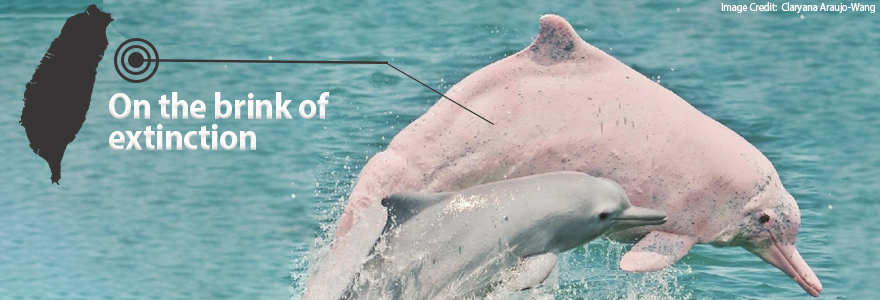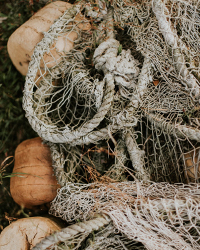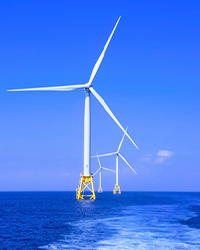On the brink of extinction

A meager 75 individuals remain of the critically endangered Taiwanese white dolphin. The only species of dolphin endemic to the coastal waters of Taiwan, the population has dwindled well below the critical mass required for long-term stability. “The remaining group is so small that we can practically give a name and backstory to each member,” says post-doctoral fellow Claryana Araujo-Wang. Claryana is a biologist working with Simon Bonner in the Department of Statistical and Actuarial Sciences at Western University; their group has identified all the living dolphins and is tracking the population, using over a decade’s worth of data to estimate survival and reproductive outlook of the imperiled porpoise.

Fishing Nets
To make matters worse, the dolphins’ population is on a declining trajectory and faces numerous threats, the most significant of which are habitat disturbance due to bycatch in the gill nets of local fisheries and coastal development. With fewer than 75 individuals left, population dynamics prediction becomes more challenging and each injury and death sustained by the dolphins represents a significant drop toward the abyss of extinction. Claryana, the Bonner research group, and collaborators including the IUCN (International Union for Conservation of Nature), NOAA (National Oceanic and Atmospheric Administration), are finalizing a recovery plan for the dolphin that could halt, and even reverse, its worrying trend.
One of the newest culprits in the habitat destruction of the dolphin, somewhat ironically, is the advent of offshore wind farms planned along the western Taiwanese coast; still significantly worse, however, are the gill nets used by fisheries which inadvertently entangle the dolphins. The wind farms can also exacerbate the threat of gill nets to the dolphins by displacing more gill net fishing into dolphin habitat. The dolphin conservation consortium, relying on the data provided by Claryana and her colleagues, will work with wind farm developers to try to implement a gill net ban by compensating fishers for their losses or subsidize switching to dolphin-friendly fishing methods. They will also recommend that planned turbines be located further from the sensitive dolphin habitat. As a result, local fishers and dolphins can continue to thrive in concert with their marine ecosystems.

Wind Turbines
Such a multi-faceted approach isn’t just a conservationist’s fantasy – the wind farm developers want social license to show consumers that their renewable energy generation really is clean and sustainable. The dolphins are a sentinel species, meaning that their wellbeing is a key indicator of the overall ecosystem health; they are also central in regulating species interactions, such as the food web, ensuring the continued stability of the fisheries on which the coastal communities rely for food and commerce.

